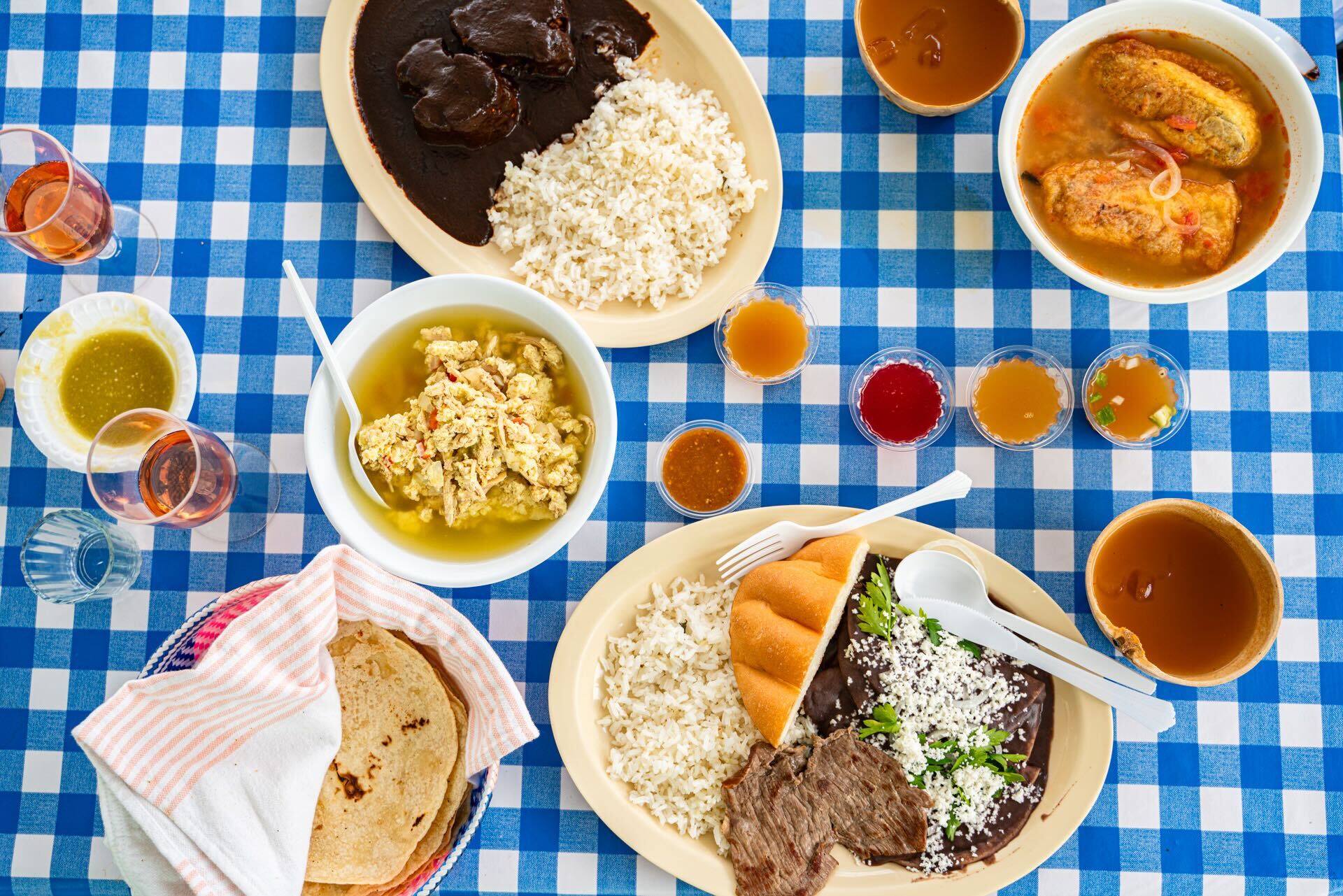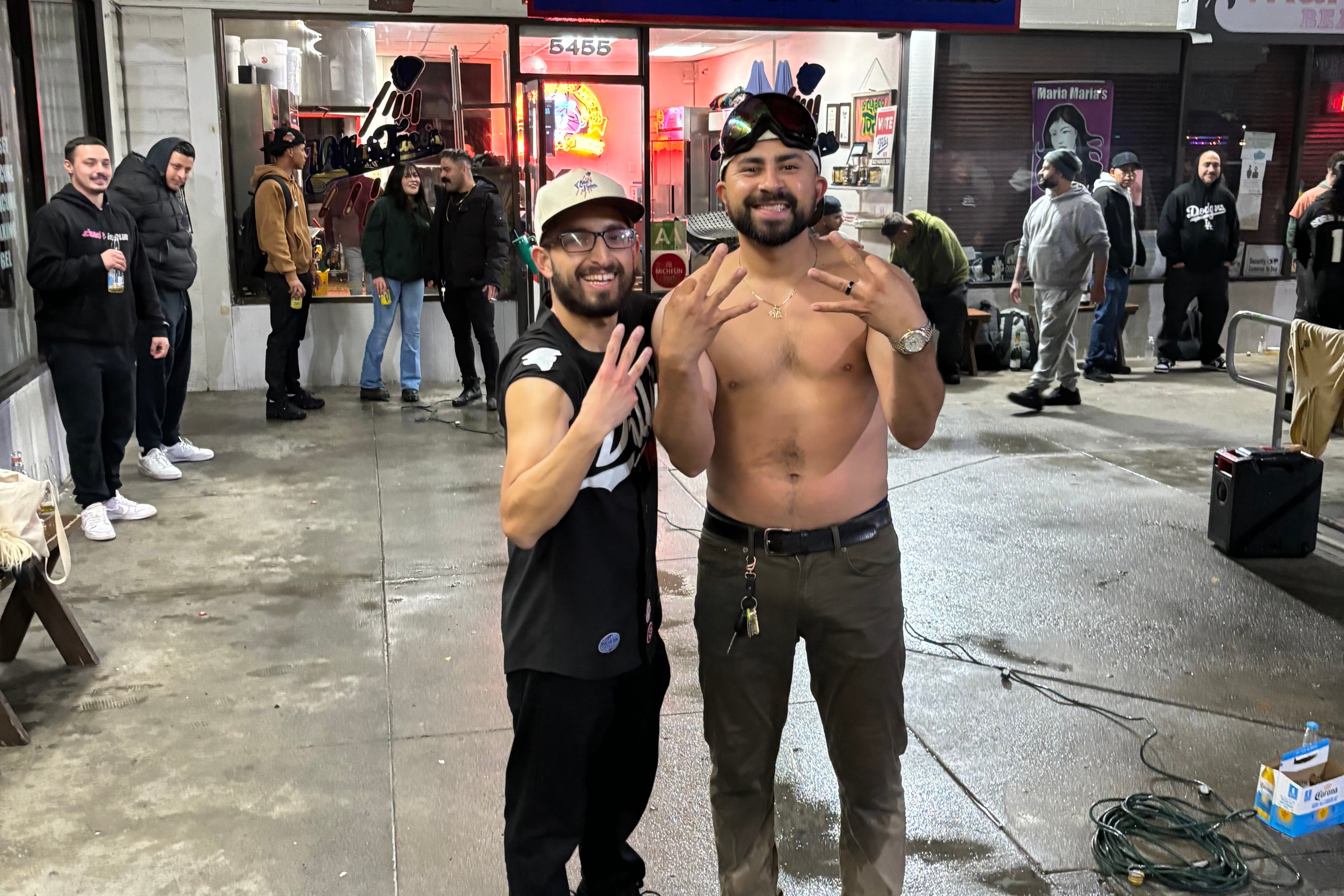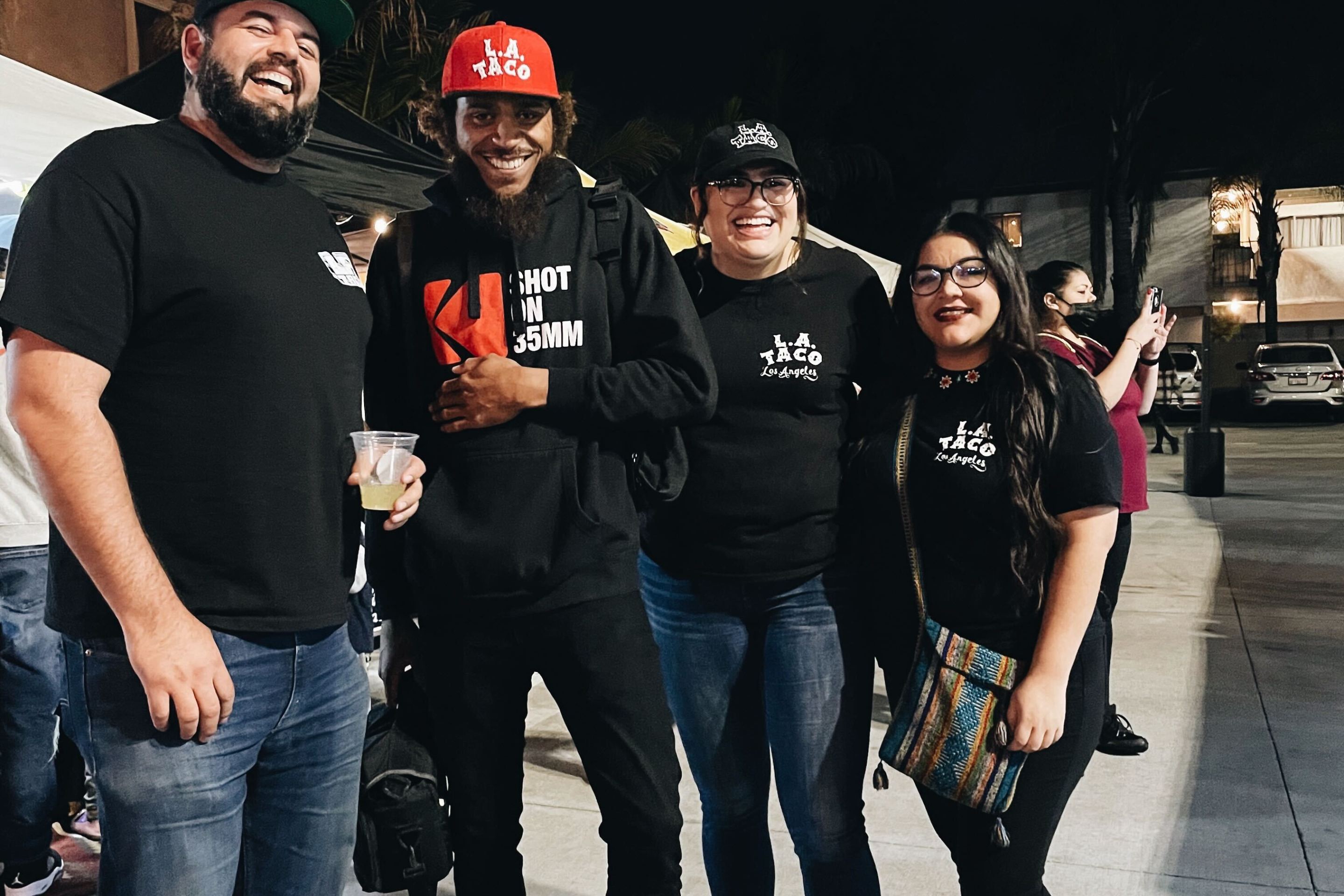L.A. TACO is embarking on its biggest mission yet: to create a taco guide for every single neighborhood in Los Angeles! Along the way, we will also be releasing brief histories of each neighborhood to understand L.A. a little more and why each and every neighborhood that makes our fine city the best in the world.
—Lincoln Heights is the original site of Yaanga, which was the largest and most influential Tongva village. Its landmark was a large sycamore tree, referred to as El Aliso by the Spanish. It stood at the center of the village of Yaanga in the mid-18th century and was an important landmark for the Tongva.
—Lincoln Heights is L.A.'s oldest suburb. Dating back to 1870 and due to its eastern location on the map of Los Angeles, it was the original "East L.A." before the unincorporated neighborhood now known as East Los Angeles. (Technically, even by today's stringent native Angeleno's standards, Lincoln Height is located east of the L.A. River, so that description isn't technically wrong). It was originally known as the “bedroom of the pueblo” because of its proximity to Olvera Street, where Los Ángeles was founded. John Strother Griffin purchased 2,000 acres of ranch land for $1,000, and in 1870, Griffin and his nephew, Hancock Johnson, built homes there. In late 1874, they offered an additional 35 acres for sale, subdivided into 65 by 165 foot lots for $150 each. The neighborhood was known as "East Los Angeles" for 44 years until 1917, when residents voted to change the name to Lincoln Heights. The neighborhood was named after Abraham Lincoln High School, which still sits on the same hill it was built. The imposing three-story building overlooks much of the community. The neighborhood is still known for its incredible collection of Victorian homes that carry historic designations.
—Lincoln Heights is the home of the LA County General Hospital, built in 1878. Then it was a 100-bed hospital on Mission Road to care for Los Angeles's poverty-stricken population. The County affiliated it with the University of Southern California (USC) Medical School in1885 for the provision of care. It wasn't until December 7, 1930, when Hollywood actress Mary Pickford dedicated the eight-ton cornerstone for a modern Los Angeles County General Hospital on State Street.
–It was once also home to the largest impromptu pandemic-defying night market of every street-food-loving person’s dream. Arguably, the Latino night market that started it all. This market grew from a legendary taco stand to over 120 vendors quicker than the time it takes to drive up the hill to Dodger Stadium from this neighborhood. That legendary taco stand, Avenue 26 Tacos, and all the vendors are gone now after one L.A. Times writer called for it to be shut down, and the district’s now outed council member, Cedillo, shut it down after an L.A. Times op-ed voicing the complaints of nearby neighbors dealing with parking and trash issues. Avenue 26 Tacos has moved on to Eagle Rock and the Arts District. There are still plenty of tacos and places to enjoy if you find yourself lucky enough to spend some time in this peaceful nook and cranny of L.A.
—
The boiler room scenes in Nightmare on Elm Street were shot in the soon-to-be-shuttered Lincoln Heights Jail building, which is considered to be the most “the most haunted jail in L.A.” Built in 1927, the art deco designed building was designed to hold 600 people but once held as many as nearly 3,000 inmates, including Al Capone who once stayed a night there for tax evasion. It was elsewhere most Chicanos involved in East L.A.’s infamous Zoot-Suit riots were also held. It was decommissioned in 1965 and has been in negotiations to turn it into a “sprawling residential and commercial complex,” reports The Eastsider.—Lincoln Heights was once the epicenter of brewing in L.A. There are still relics that hint at this era, like the Brewery Lofts, which is reported to be
the largest live-and-work artist colony in the world. It was the original “Los Angeles Brewing Co.” site, built in 1908. It then became “Eastside Brewing Co.” and finally Pabst Blue Ribbon, but the brewing stopped 40 years ago when the facility ceased to be a working brewery. However, breweries like
Benny Boy Brewery and Cidery are still keeping the Lincoln Heights brewing tradition alive.
—Lincoln Heights is also home to the Church of the Epiphany, the oldest Episcopalian church in Los Angeles. It worked as the headquarters for the United Farm Workers under Cesar Chavez, where La Raza newspaper was edited and printed. He also temporarily resided in Lincoln Heights at a private residence on the corner of Workman and Baldwin streets.





